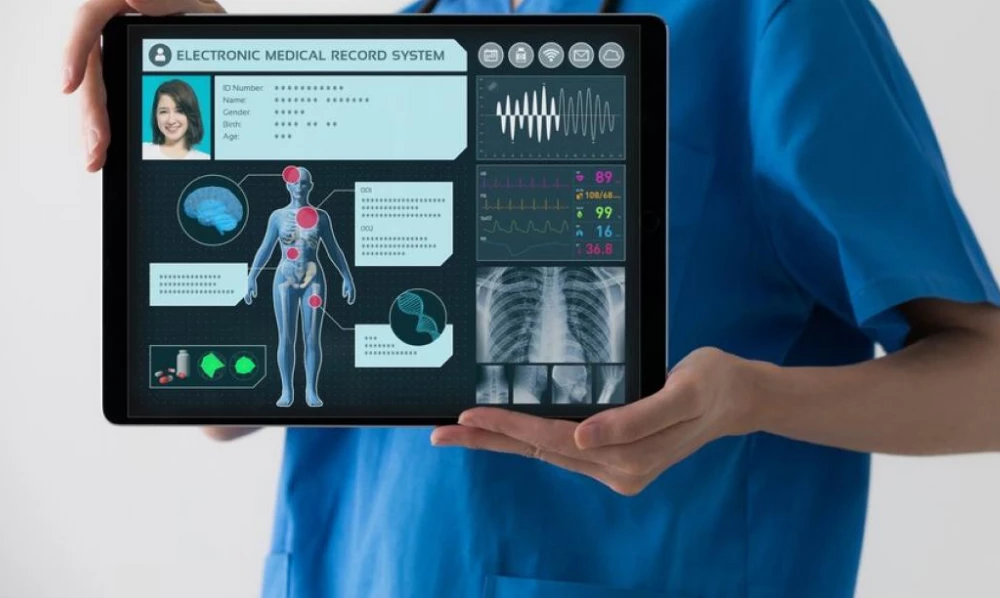
7 Simple Ways to Secure Your Electronic Health Records
Electronic Health Records are a major lifesaver for patients and medical practitioners. They help a professional track record, study historical trends, and develop a healthy solution.
Yet, there’s always a catch! Electronic medical records are easy to breach and can be accessed remotely by intruders. All they need is the patient’s credentials and the portal link.
- 1. Anthem Blue Cross: 78+ Million records affected
- 2. Premera Blue Cross: 11+ Million records affected
- 3. Excellus Blue Cross Blueshield: 10+ Million records affected
- Human Error: 33.5%
- Privilege Abuse: 29.5%
- Theft: 16.3%
- Malware: 10.8%
- Hacking: 14.8%
Ways to Secure Your Electronic Health Records
1. Perform Regular IT Risk Assessments
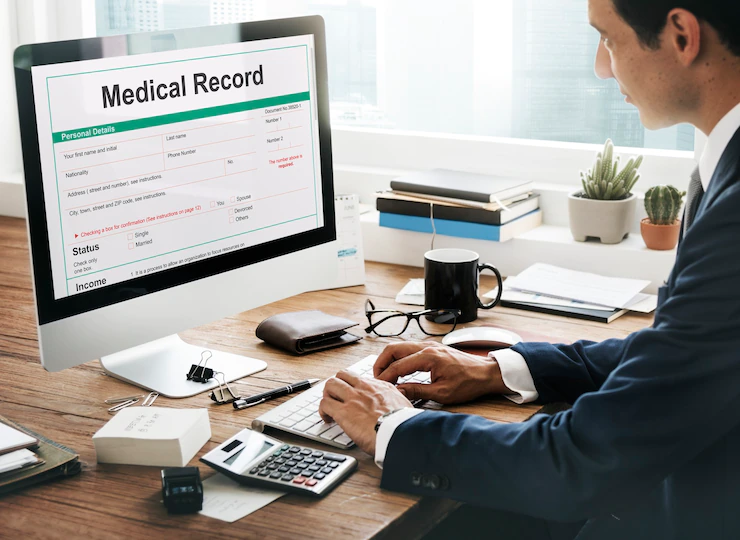
The key points to ensure are:
- The risks and threats to your critical systems
- Identification of vulnerable areas
- Organizing your key performing data
- Implement actions to mitigate potential threats.
2. Regular Updates
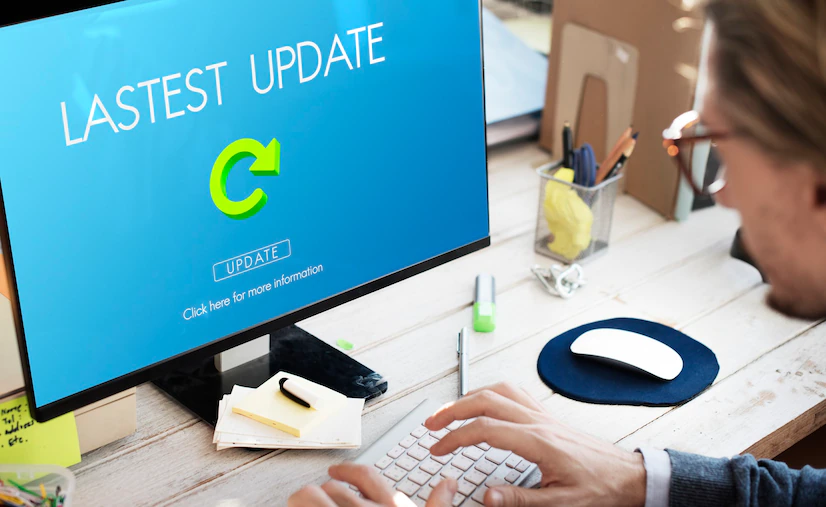
Why promote that when it can be stopped at the very first step?
Bring Your Own Device (BYOD), and the associated security risks are not new to the healthcare industry. However, healthcare organizations must ensure that the appropriate security controls, practices, rules, processes, and technology are in place to protect healthcare information access on personal devices.
3. Delete Caches and Previously Added Data:
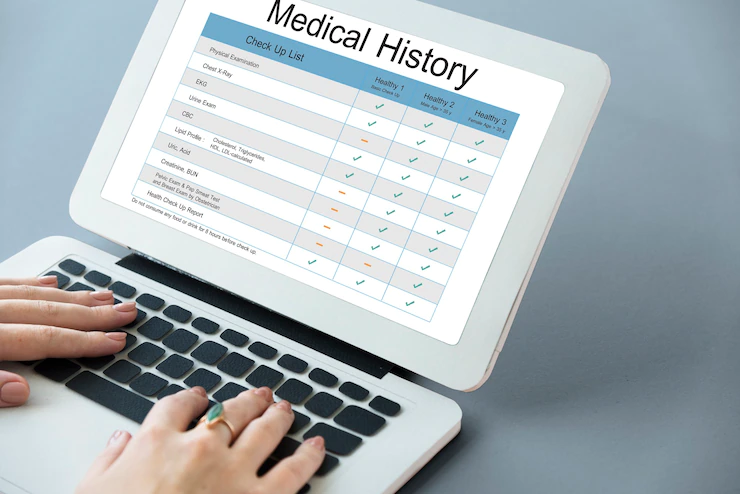
Why promote that when it can be stopped at the very first step?
- 1. Mobile Device Management solutions should enable the encryption of data accessed on mobile devices.
- 2.Deleting data in the event of lost or stolen devices.
- 3.The separation of personal and professional data.
4. Audit, Monitor, and Alert

- 1. Proactively auditing
- 2.Deleting data in the event of lost or stolen devices.
- 3. Organising Data and critical IT systems.
5. Remove Unnecessary Data
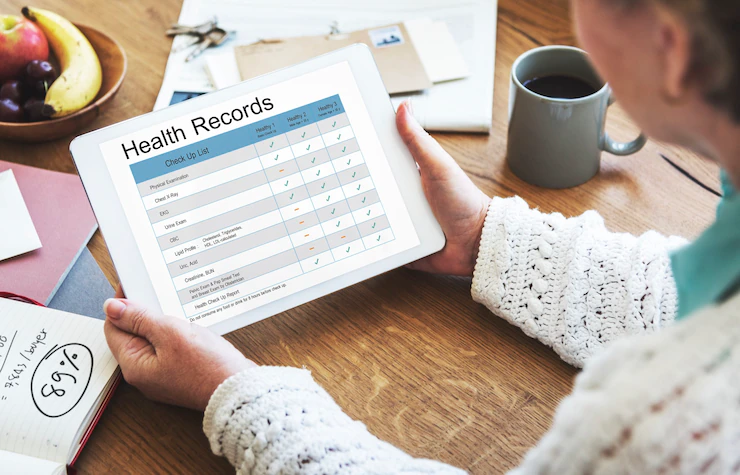
6. Encryption of EHRs

7. Get a business associate agreement

These agreements require business associates to protect PHI. HIPAA-covered organizations are not required to evaluate the security procedures of their business associates. Still, some experts recommend that practices question business associates about their overall security practices to help safeguard data.
Final thoughts!
The plugin allows you to set up an online clinic and manage the entire booking and billing process. You can manage your appointments 24 hours a day, 7 days a week. Keep a record of the interactions you have with your patients. Request an update on clinic session changes. Additionally, you can send emails with dashboard links.